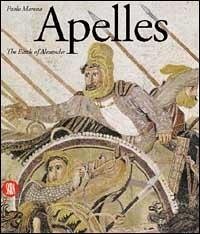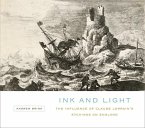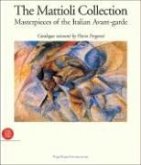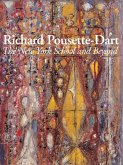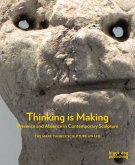When Neapolitans speak of 'the museum' they are referring to the Museo Archeologico Nazionale. Among the marvels that make it the world's greatest collection of classical art, the Alexander mosaic was, from the moment it was brought to the museum in 1843, the 'great mosaic.' Although it is evident that the Pompeian mosaic reproduces a painting, since it was discovered in the House of the Faun on 24 October 1831 the identity of the original has been the subject of an intense debate among scholars. On being shown a drawing of the mosaic, Goethe wrote, 'The present and the future will not succeed in commenting correctly on this artistic marvel, and we must always return, after having studied and explained it, to simple, pure wonder.' Two centuries of archaeological inquiry have not exhausted the profundity of the picture and have not given wholly satisfactory replies to the principal questions regarding it, namely, which episode is being represented here, whether the painting was executed during Alexander's reign or later, and to whom it should be attributed. A new series of photographs-- allowing the most important aspects of the scene to be shown in vivid detail-- facilitates the expounding of a hypothesis that until recently would have seemed improbable, but is justified by a close examination of the literary sources and archaeological finds, as well as by unexpected evidence in the original paintings that have come to light in Macedonia: the attribution to Apelles, the most famous painter of antiquity, whose revolutionary impact is fully described in this fascinating account. Paolo Moreno was born in Udine in 1934. A pupil of Ranuccio Bianchi Bandinelli in Rome and of Doro Levi inAthens, he was Director of the Institute of Archaeology at the University of Bari, where he founded the series entitled "Studi sull'antico" (1-7, Bari, 1975-85), then he became Professor of the History of Ancient Art at La Sapienza University, Rome. Since 1992 he has been P
Hinweis: Dieser Artikel kann nur an eine deutsche Lieferadresse ausgeliefert werden.
Hinweis: Dieser Artikel kann nur an eine deutsche Lieferadresse ausgeliefert werden.

